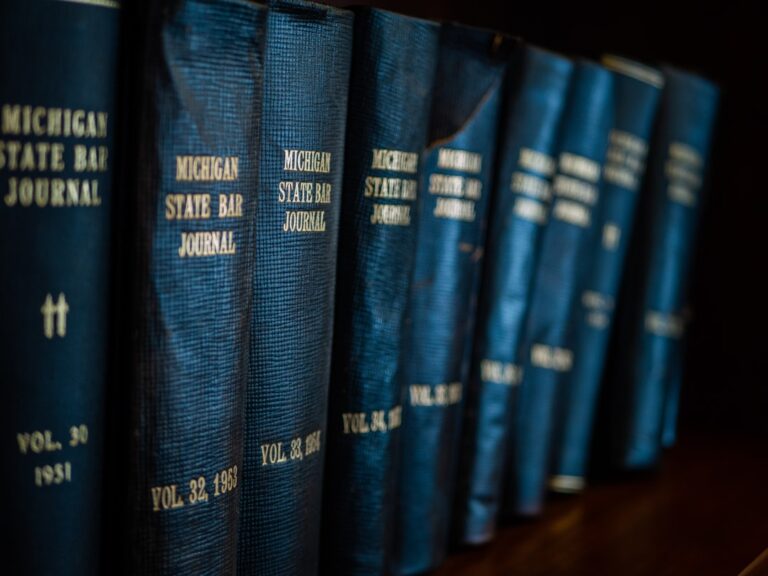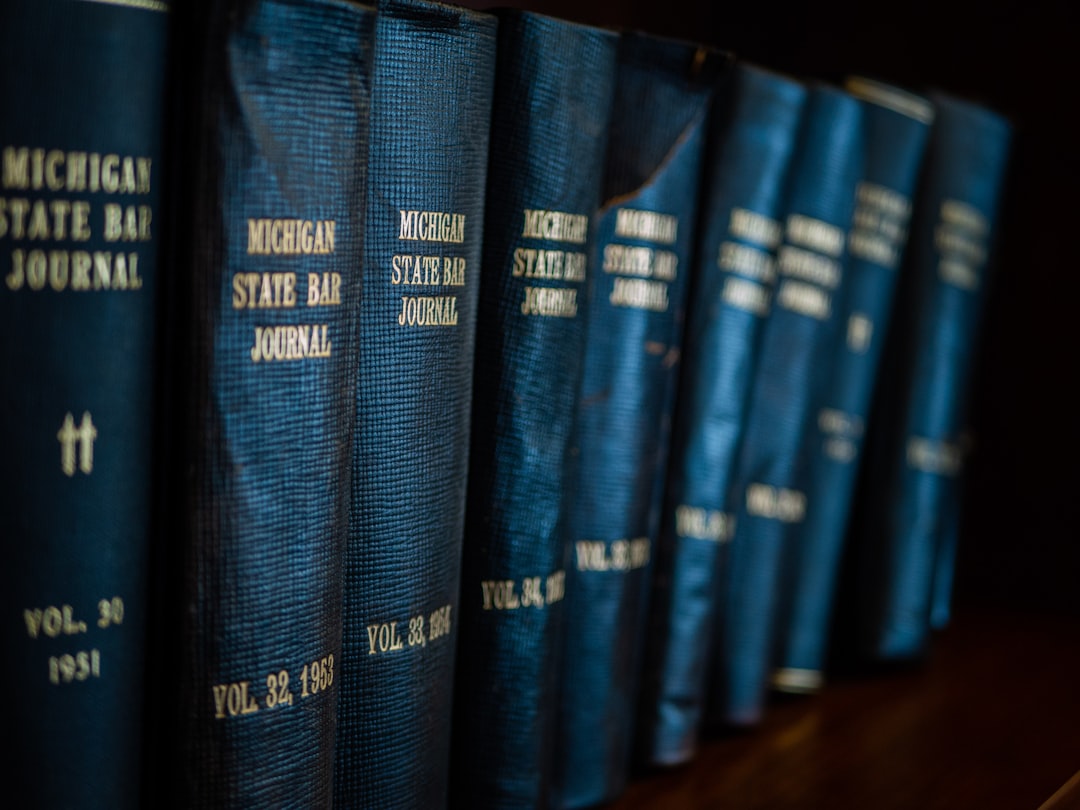In California, doctor lawyers face stringent legal requirements for documenting evidence in sexual assault cases. Key strategies include prompt gathering of physical evidence like medical records, DNA samples, and digital traces, along with witness accounts. They adhere to strict chain of custody rules, creating detailed case files and meticulously documenting evidence collection to maintain integrity until court presentation. This meticulous documentation supports victims' claims and is vital for robust case presentations in California courts, where the burden of proof rests heavily on the prosecution, ultimately safeguarding all parties' rights.
In California, documenting evidence in sexual assault cases involving doctors is crucial for justice. This comprehensive guide equips doctor lawyers with essential knowledge and strategies. Discover the legal requirements specific to California, learn effective steps to collect and preserve evidence, and master the art of presenting documented evidence. With these insights, doctor lawyers can navigate complex legal landscapes, ensuring robust representation for their clients.
Understanding Legal Requirements for Documentation in California

In California, the documentation of evidence in sexual assault cases, particularly those involving doctors, is governed by stringent legal requirements aimed at ensuring fairness and admissibility. Doctor lawyers in California are well-versed in these protocols to help clients navigate the complex legal landscape. Key aspects include promptly gathering and preserving relevant physical evidence, such as medical records, DNA samples, and any digital traces of the incident. Additionally, detailed accounts from witnesses, including hospital staff or security personnel, play a crucial role.
Legal professionals must adhere to specific rules regarding the chain of custody for evidence, ensuring that every step of handling and storage is documented meticulously. This process involves creating comprehensive case files, maintaining precise records of when and how evidence was collected, and preserving its integrity until it’s presented in court. These measures are designed to protect the rights of all parties involved while ensuring a robust legal process.
Steps to Collect and Preserve Evidence Effectively

In the sensitive context of sexual assault cases involving doctors and patients in California, meticulous documentation of evidence is paramount. The initial steps for both doctor lawyers and victims are crucial to ensure admissibility and accuracy. Collect all relevant medical records, including patient charts, exam notes, and any photographic or video evidence from the examination rooms or hospital settings. These documents provide a detailed account of the events, which can be instrumental in supporting the victim’s claims.
Preserving the integrity of evidence is equally vital. Doctor lawyers should ensure that any physical evidence, such as clothing or medical devices, is stored properly to prevent contamination or alteration. Digital data, like emails, text messages, or security footage, must be downloaded and saved without tampering. It’s essential to document when and how each piece of evidence was collected, along with its chain of custody, to maintain its legal validity in court. These steps are critical for a robust case presentation in California courts, where the burden of proof lies heavily on the prosecution.
Presenting Documented Evidence: A Guide for Doctor Lawyers

Presenting Documented Evidence: A Practical Guide for Doctor Lawyers in California
When representing doctors accused of sexual assault, effectively presenting documented evidence is paramount to building a robust defense strategy. In California, where the legal landscape for such cases can be complex, doctor lawyers must master the art of organizing and presenting facts that challenge the allegations. This involves meticulously documenting all relevant information—from medical records to communication logs—that can either disprove or mitigate the claims. Doctor lawyers should ensure these documents are not only authentic but also easily understandable for both the judge and the jury.
A structured approach is key. Organize evidence into clear categories, use concise summaries, and provide context to each piece. For instance, when presenting medical records, highlight any discrepancies in patient reporting or treatment notes that might cast doubt on the alleged assault’s timeline. Additionally, doctor lawyers should be prepared to explain how certain procedures or treatments are standard practice, thereby contextualizing the actions of their client. In California, where legal processes are highly specific, staying updated with state-mandated protocols for evidence presentation will further strengthen the defense.






